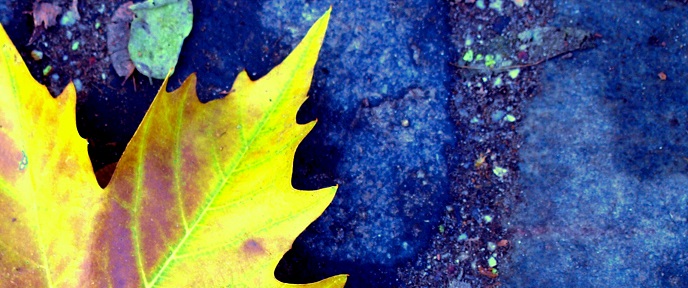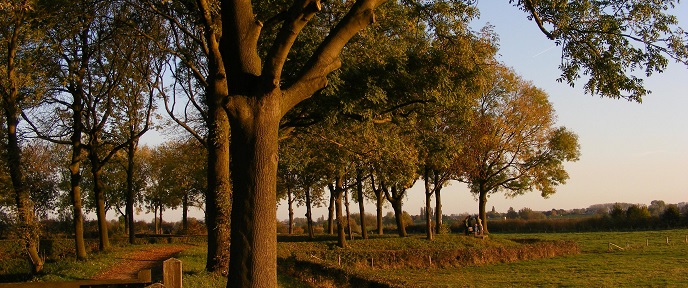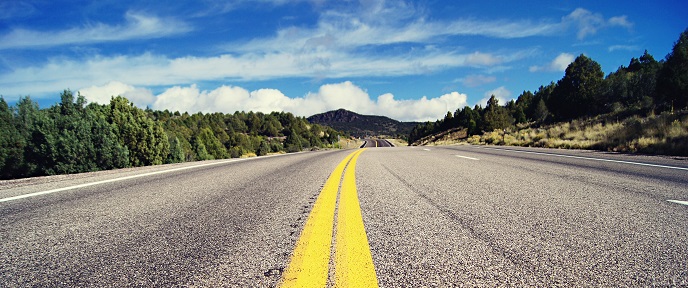
Rehab over Incarceration: What Really Works
While it may seem obvious that people struggling with drug addiction would benefit from rehab, rather than simply being imprisoned, the fact is most states incarcerate people without offering effective addiction treatment. Approximately 50 percent of state prisoners have been diagnosed with drug abuse or dependence, but only 10 percent receive medically based drug treatment.1 Read More









